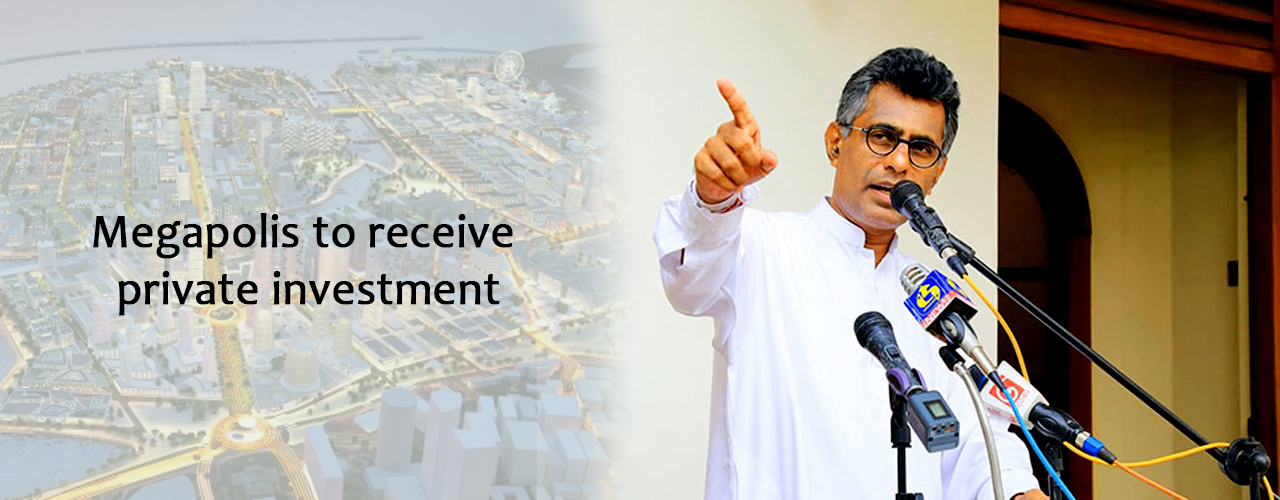Megapolis to receive private investment
Minister of Megapolis and Western Development, Patali Champika Ranawaka said that the Government of Sri Lanka (GoSL) was focused on encouraging private sector involvement in funding important urban infrastructure development projects as it would minimise the government’s financial provision.
The Minister made this comment at the Asian Development Bank (ADB) –Asian Think Tank Development Forum 2017 in Colombo.
“Countries like Sri Lanka will have many challenges and opportunities associated with ongoing mass urbanisation. Unplanned, unsustainable, unhygienic, uncontrolled, ad hoc urbanisation had created many problems for the region’s governments,” he said.
According to Ranawaka the fact that only 6% of the country’s land mass accommodated 25% of its total population is what made urbanisation in Sri Lanka stand apart. According to official data from local authorities, Sri Lanka’s urbanisation level is estimated at 18%.
However, the Minister estimated that approximately 50% of the population was accessing urban utilities, adding that the GoSL considered the Western Region Megapolis project as a critical componentin propelling the country’s economic growth.
“The economic contribution of the Megapolis region will be higher than the country’s average GDP. For example, Mumbai produces 16% of India’s GDP, with only 1.7% of its population, a characteristic applicable to Sri Lanka too. In 2012, the Western Province’s population was 5.8 million or 28% of the total population, but its GDP contribution was around 42%,”he stated.
Ranawaka added that the ambitious Megapolis initiative is estimated to total USD 40 billion spanning across a fifteen year period and the conundrum of funding the cost led the government to adopt the public-private partnership (PPP)model as it would limit the GoSL’s financial input towards an immense capital requirement. Embarking on the project would mean an extended pay-back time span due to marginal return on investment, in addition to inadequate construction space and challenges in securing the required space.
“In this context, it is imperative for the government to integrate the private sector to ensure stable financing. Projects would be mainly in the form of public-private partnerships. We have unleashed at least 100 privately funded projects worth around USD 10 billion. The PPP model would be applicable to these projects. The government does not invest in infrastructure projects needed to propel growth,” he said.
OSL TAKE:
The government promoted PPP initiative with regard to the Megapolis project will provide opportunities for private sector investors from vast industries to form such PPPs. Everything from transport (busses, railways etc.), infrastructure (roads, bridges etc.) and public utilities (sewerage, water purification etc.) will be open for possible investment.
| Article Code : | VBS/AT/26092017/Z_3 |

